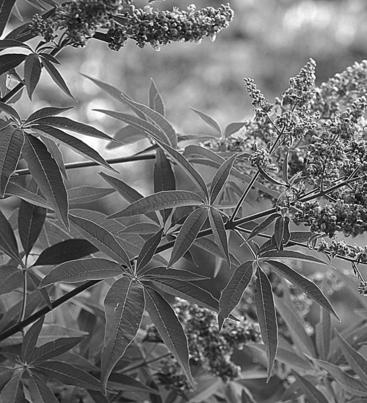CHASTE TREE
Botanical name: Vitex agnus-castus
Synonyms: Vitex, Chasteberry, Monk’s pepper
CLINICAL INDICATIONS
with amenorrhea and other menstrual irregularities, and cyclic mastalgia. Chaste tree has been shown to increase progesterone levels and lengthen the hyperthermic phase of the basal metabolic temperature curve when taken daily for a minimum of three consecutive months.
< div class='tao-gold-member'>
Only gold members can continue reading. Log In or Register to continue




